Optimal Timing for Bird Spike Installations
Determining the optimal time for bird spikes installations depends on several factors related to bird activity, weather conditions, and property access. Proper timing ensures effective deterrence and minimizes disruptions.
This period sees increased bird nesting and activity, making it ideal for installations before nesting begins.
Installing bird spikes in late autumn can prevent birds from roosting during colder months.
Choosing dry days avoids installation delays caused by rain or snow, ensuring better adhesion and installation quality.
Early mornings or late evenings typically have reduced bird activity, facilitating safer and more efficient installation.
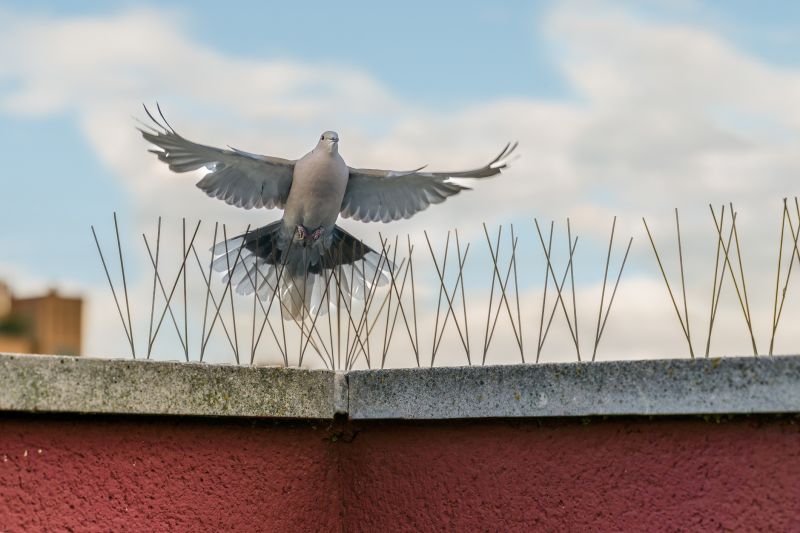
Spring is a prime season to install bird spikes before nesting begins.
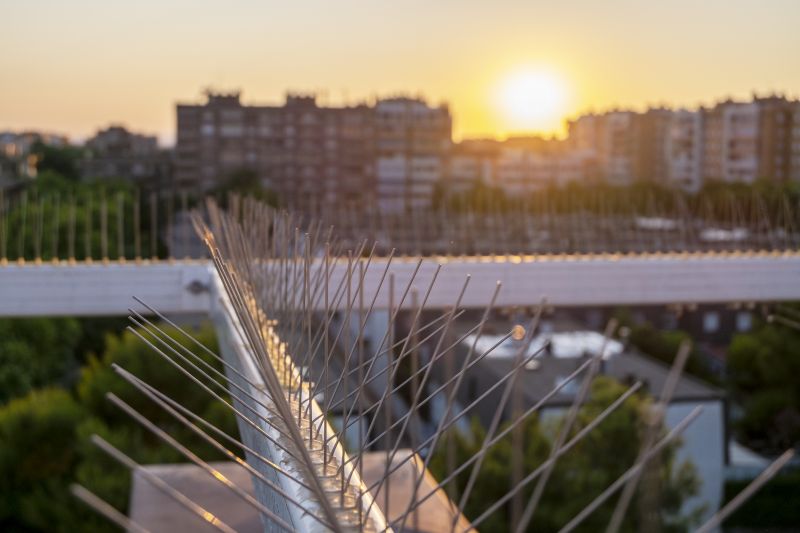
Late autumn installations help prevent roosting during winter months.

Dry weather days are preferred for effective installation.
Bird spikes are a humane and effective method for deterring pest birds from roosting on buildings, ledges, and other structures. They are designed to prevent birds from landing without causing harm. Proper installation timing enhances their effectiveness and longevity. Peak bird activity periods, such as spring and early summer, often coincide with nesting seasons, making early intervention crucial. Additionally, weather considerations, like installing during dry conditions, ensure secure adhesion and durability of the spikes. Regular maintenance and timely installations can significantly reduce bird-related issues, including droppings, noise, and structural damage.
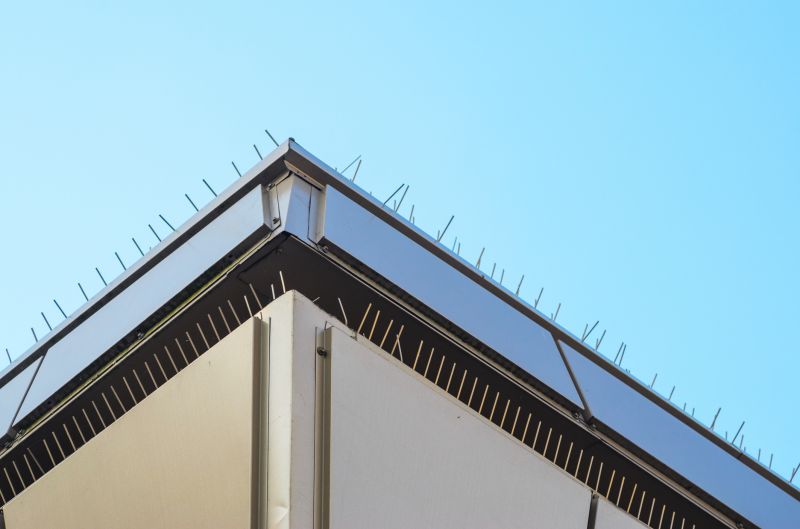
Effective deterrence during peak nesting seasons.
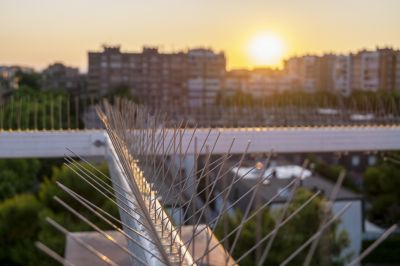
Preparing for increased bird activity.
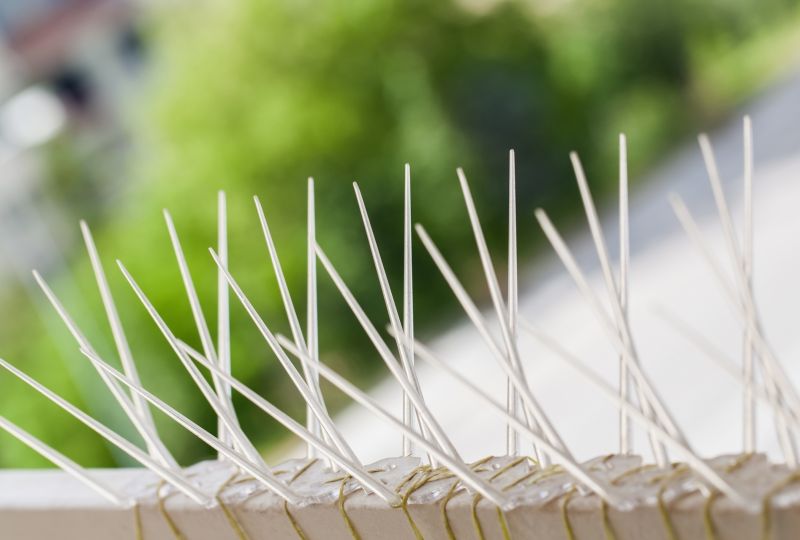
Installation during optimal weather conditions.

Prevents roosting and nesting in winter months.
| Timing Consideration | Recommended Period |
|---|---|
| Nesting Season | Spring to Early Summer |
| Pre-Nesting Prevention | Late Autumn |
| Weather Conditions | Dry days are optimal |
| Bird Activity Levels | Early mornings or late evenings |
| Structural Access | During periods of low occupancy |
Choosing the right time for bird spikes installations maximizes their effectiveness and minimizes disruptions. Spring and early summer are critical periods to prevent nesting, while late autumn installations can deter birds from roosting during colder months. Weather conditions play a significant role in installation success, with dry days preferred for optimal adhesion. Timing installations during periods of low bird activity ensures safety and efficiency. Regularly scheduled installations aligned with bird activity patterns contribute to effective long-term bird management.
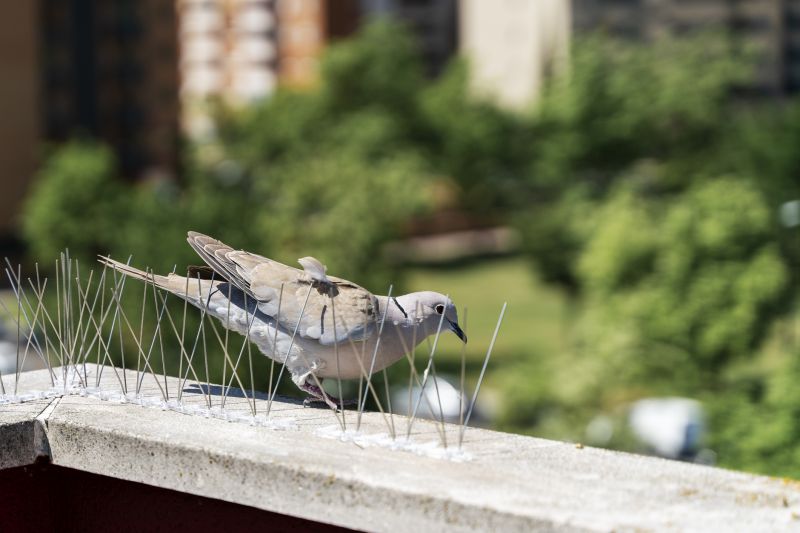
Strategic placement during peak activity times.

Ahead of nesting seasons ensures better protection.

Installation during suitable weather for durability.
Interested property owners or managers seeking effective bird deterrence solutions are encouraged to contact for further information. Proper timing of bird spikes installations can significantly reduce maintenance costs and prevent structural damage caused by bird activity. Consulting with specialists can help determine the best schedule based on local bird patterns and weather conditions, ensuring long-lasting results.



